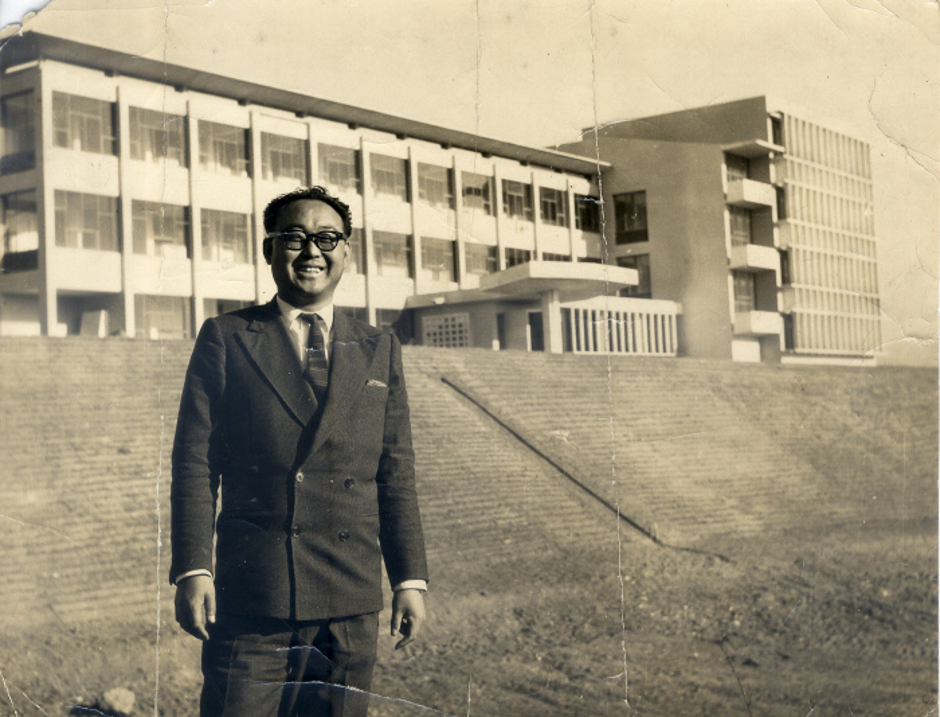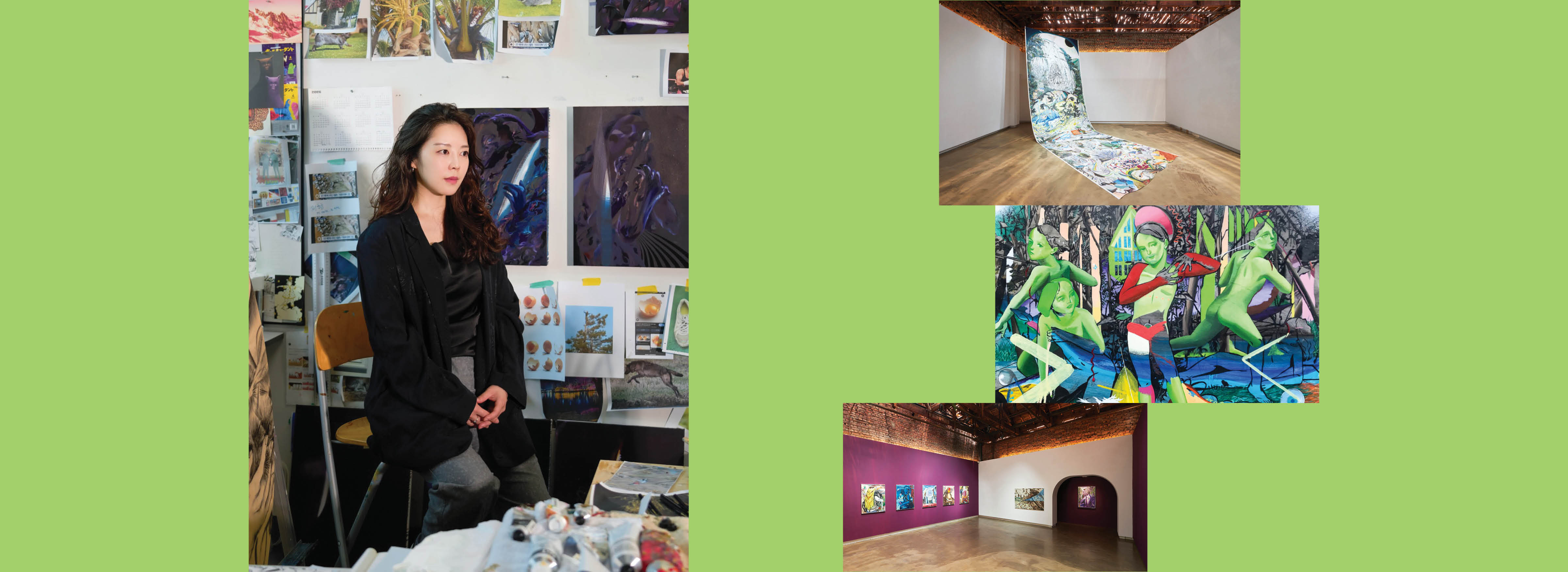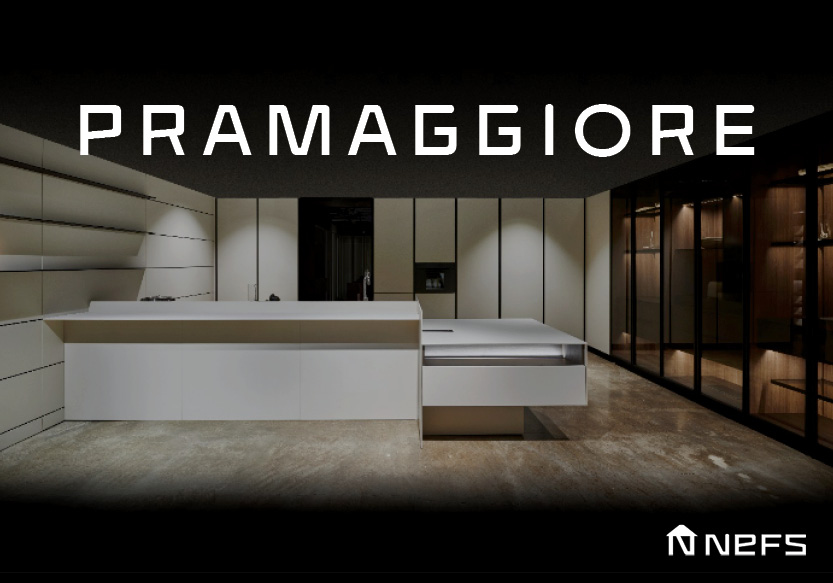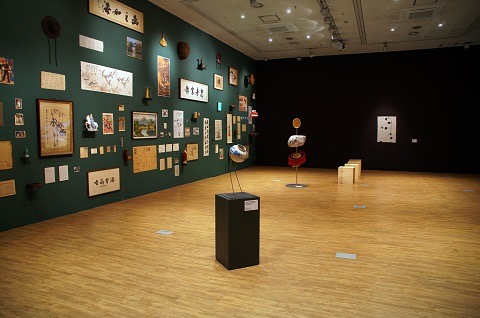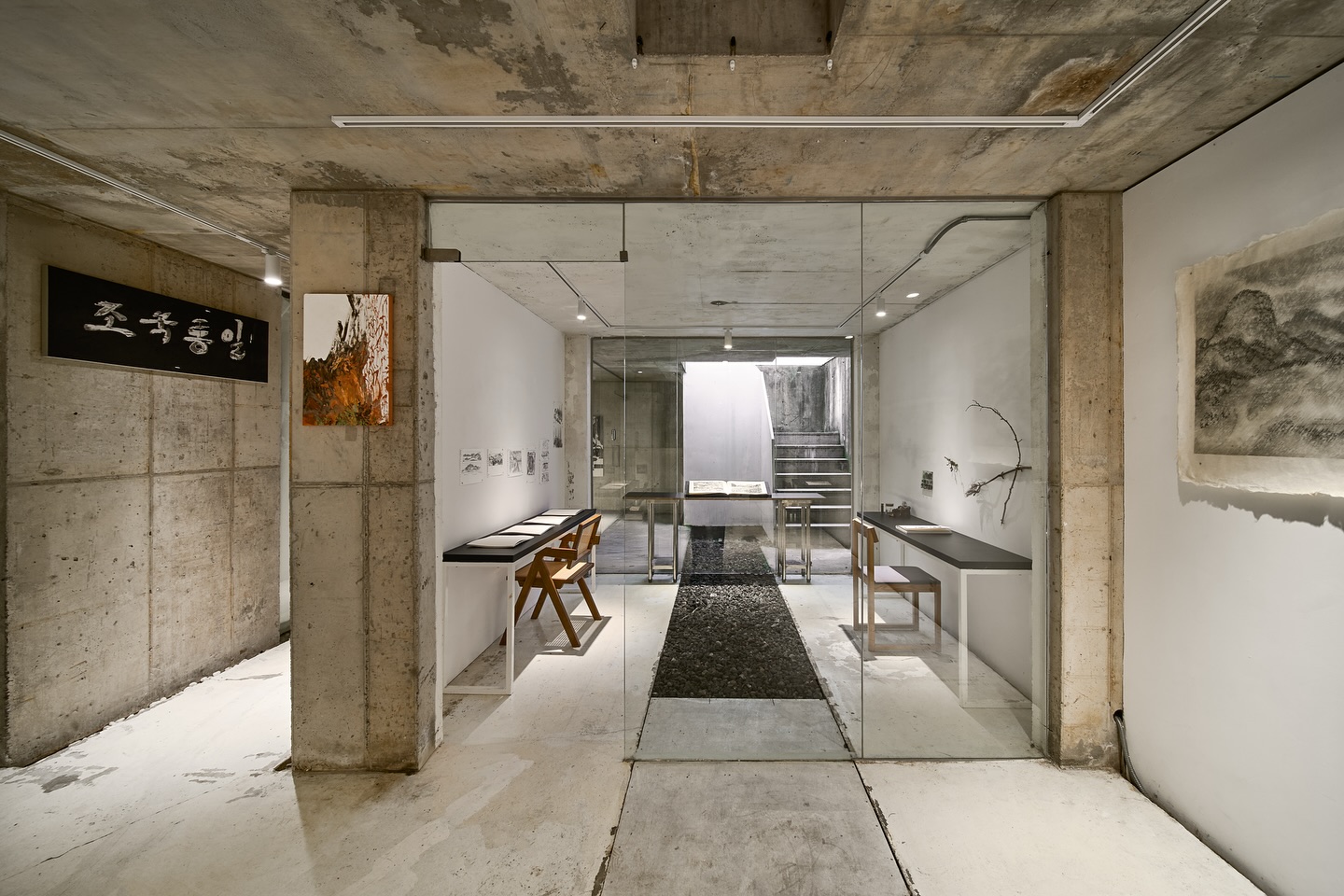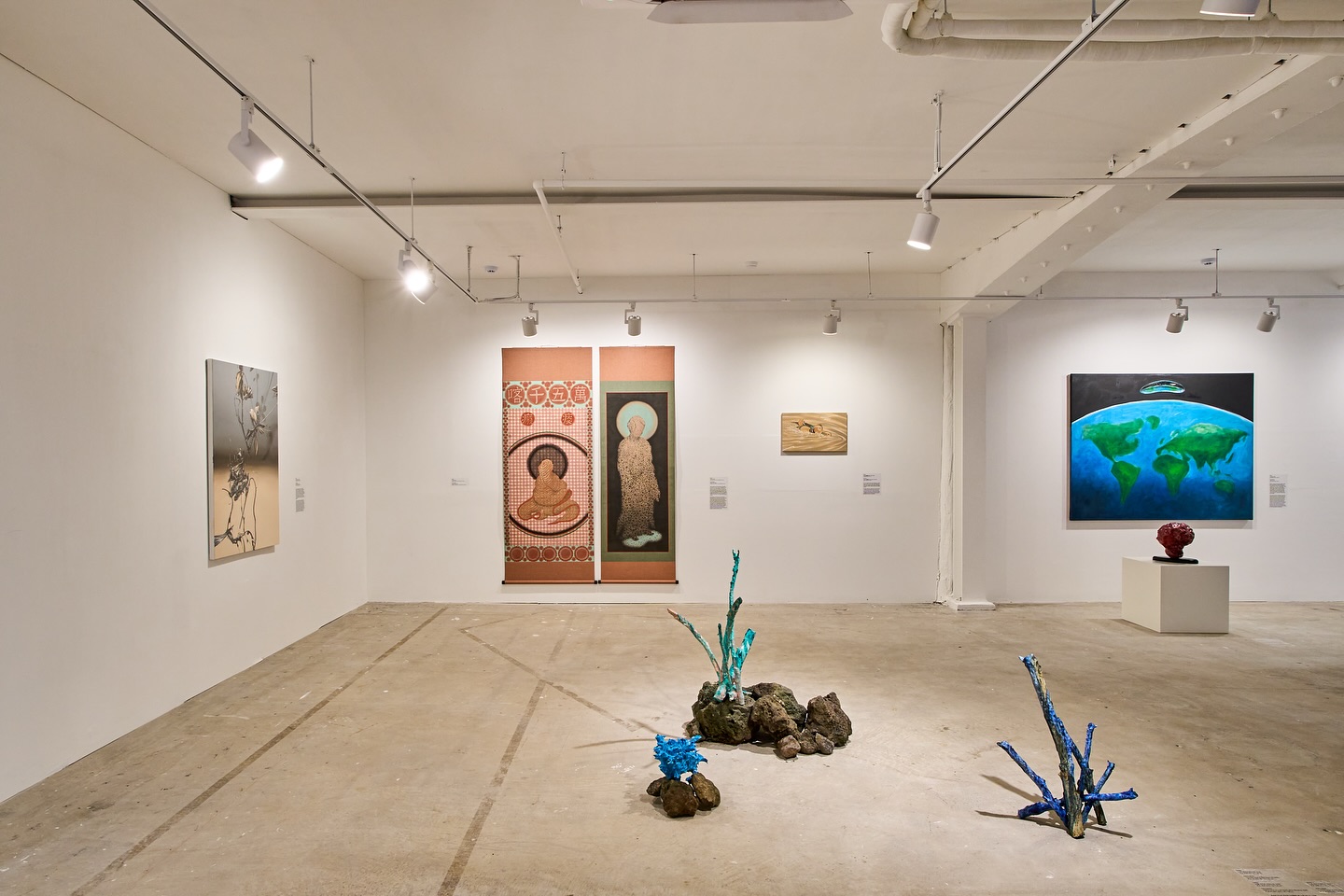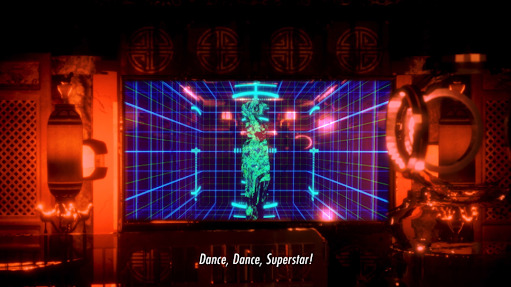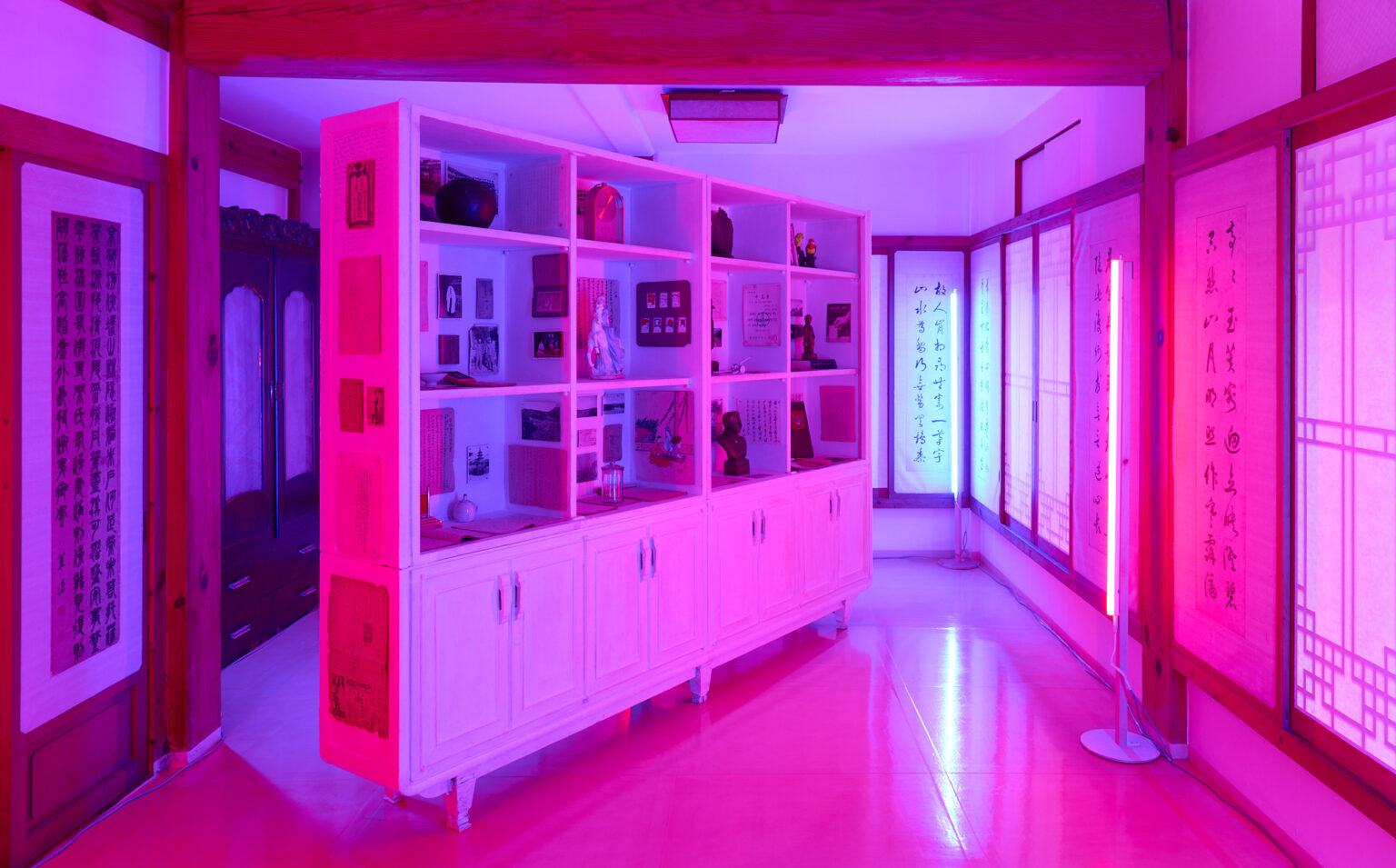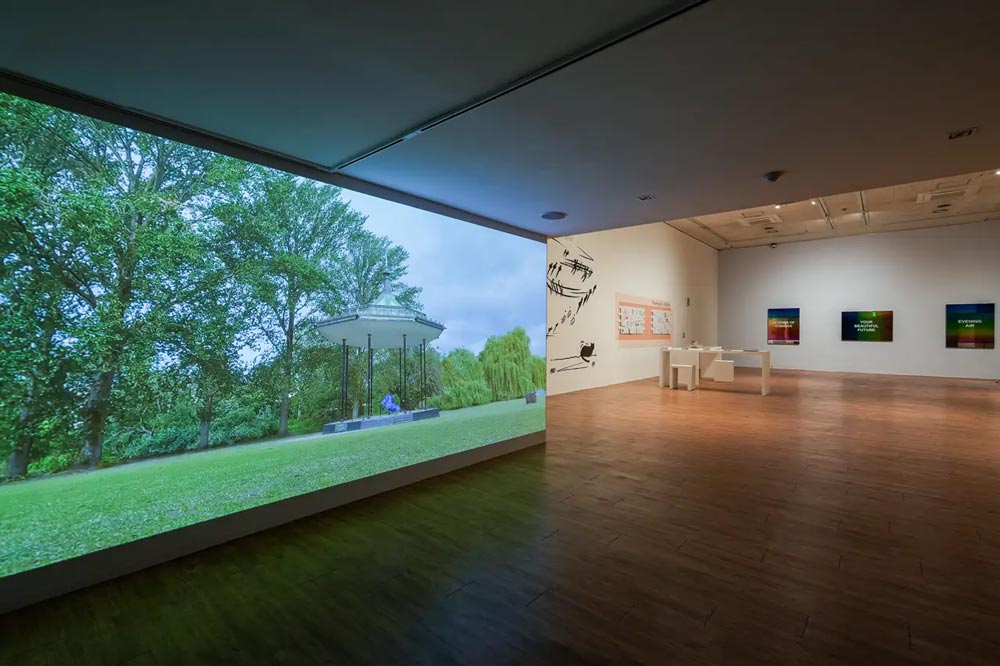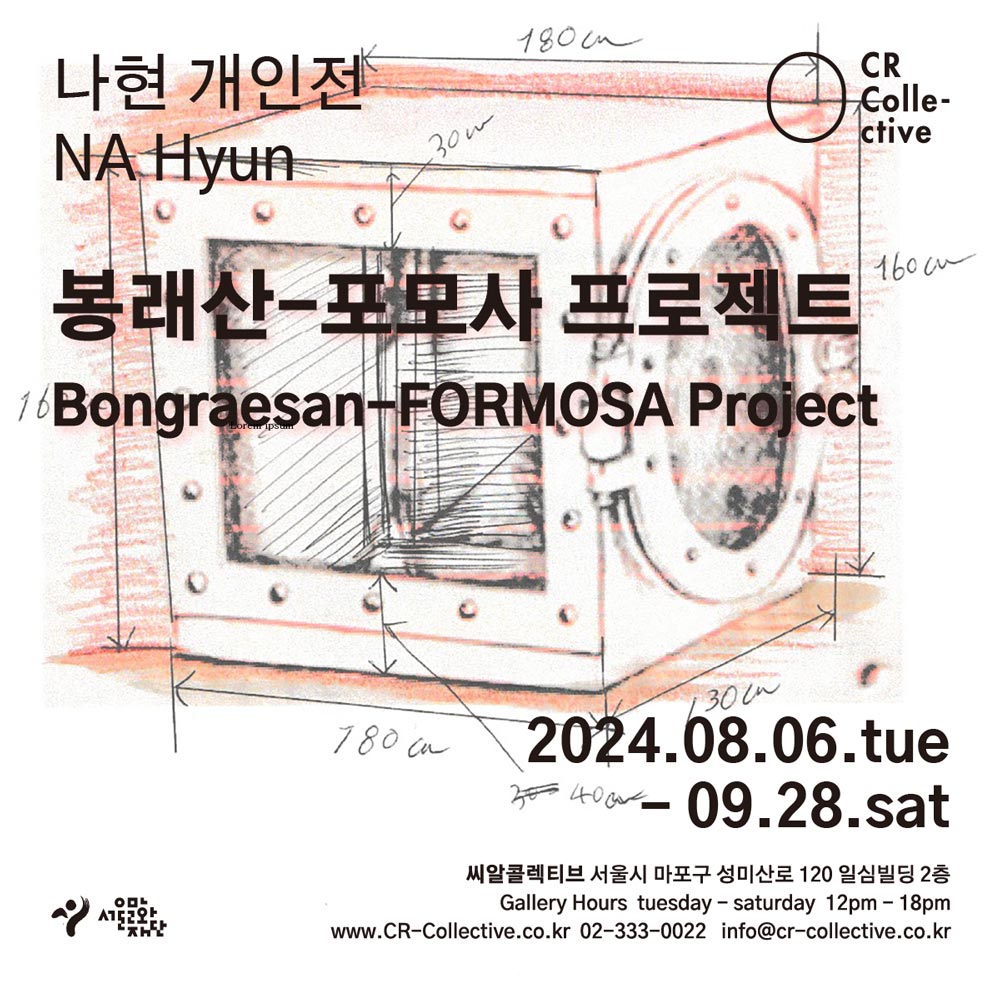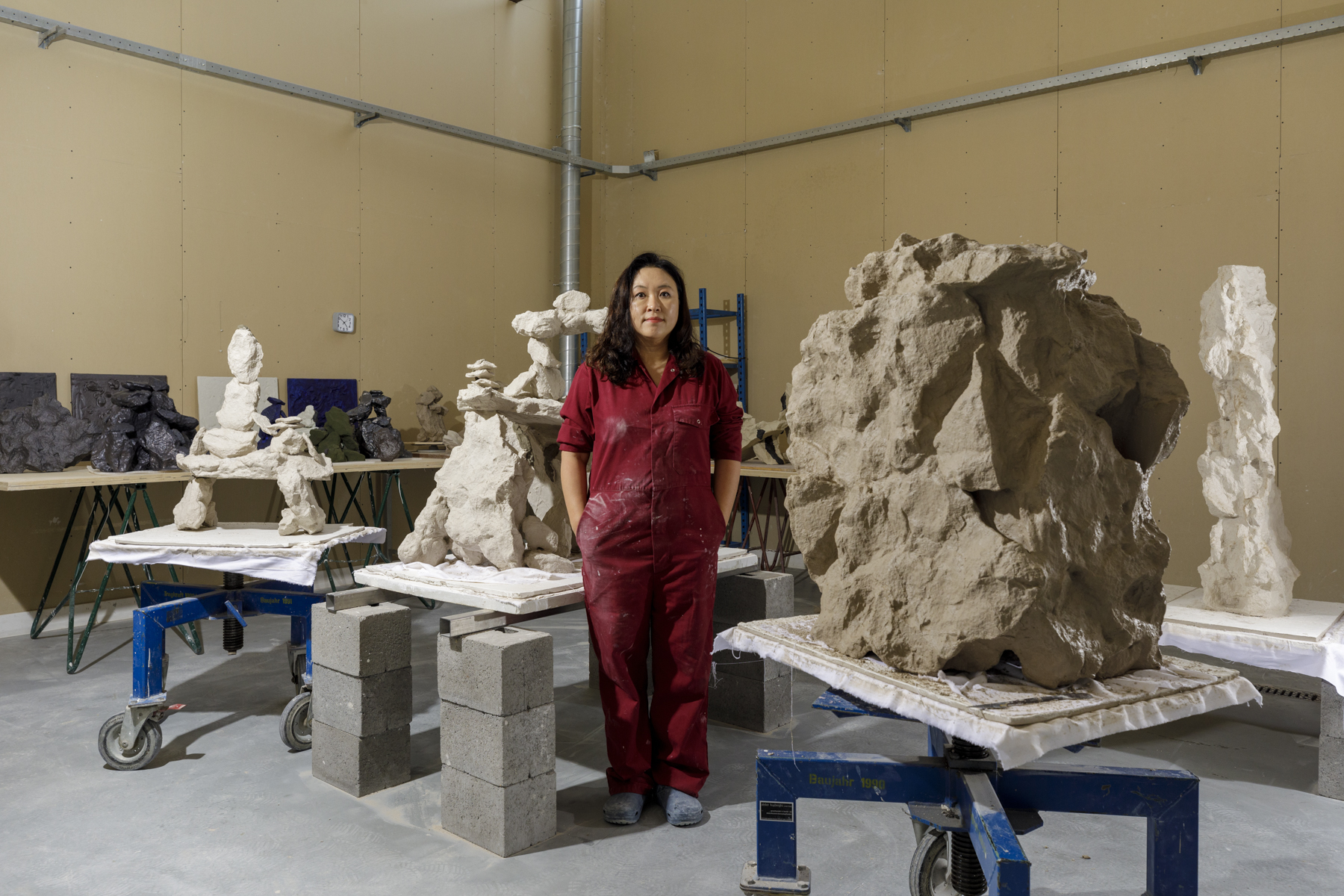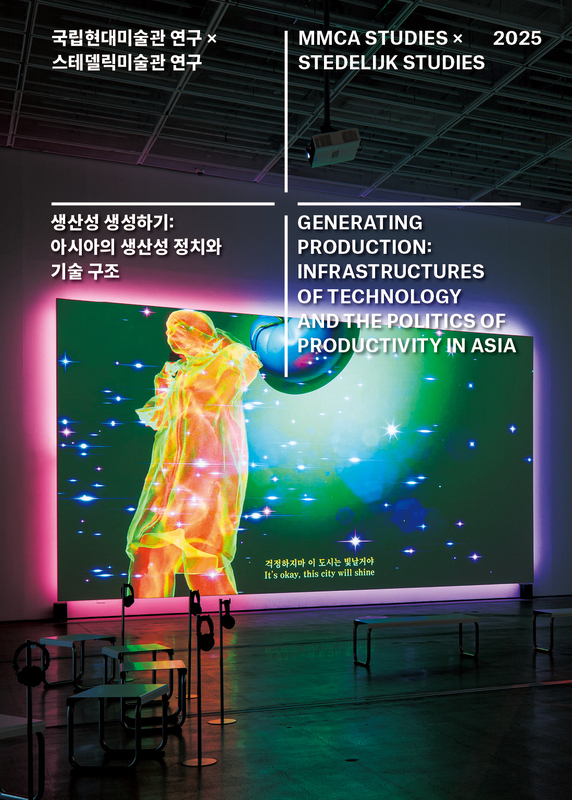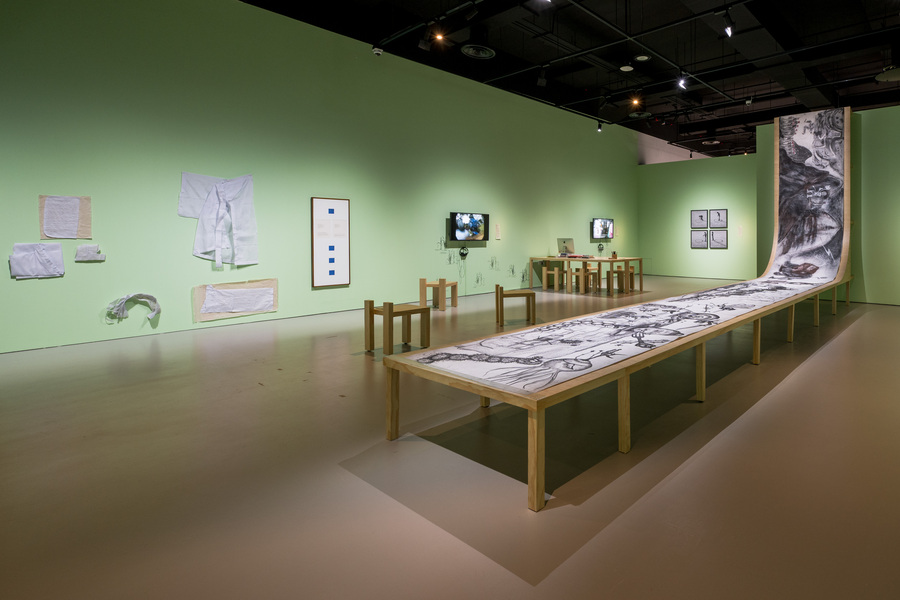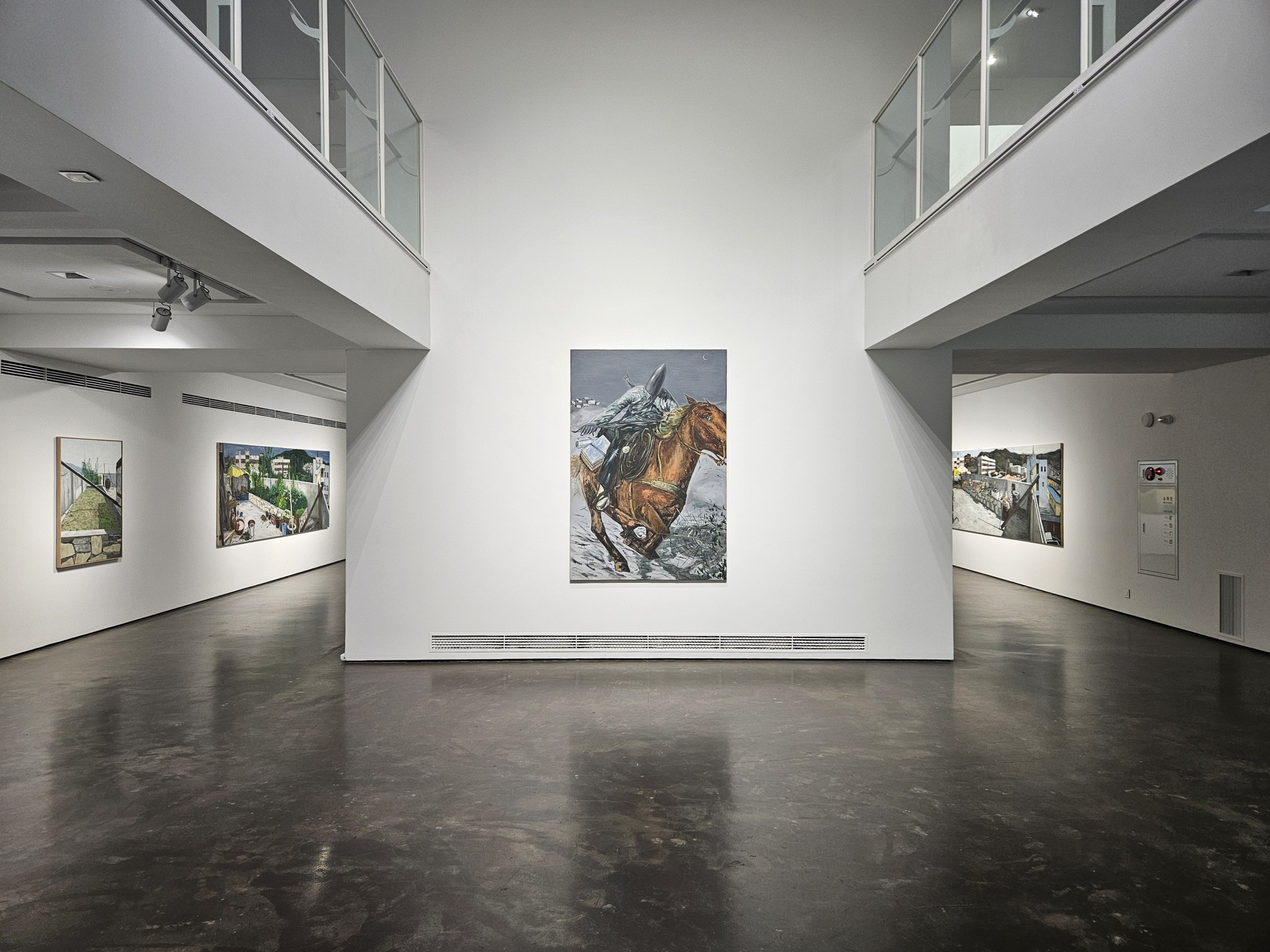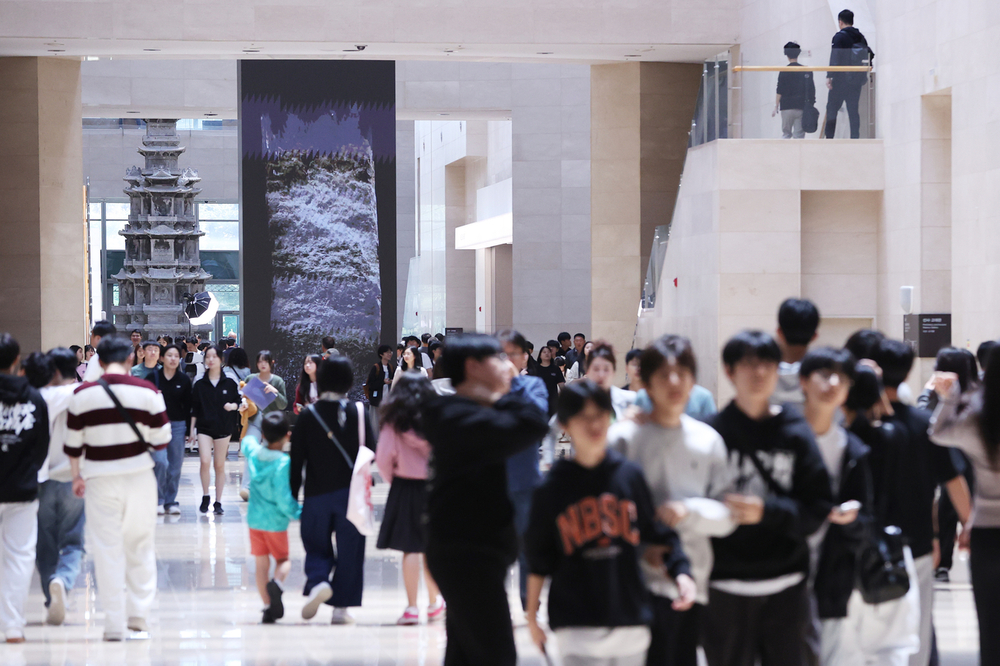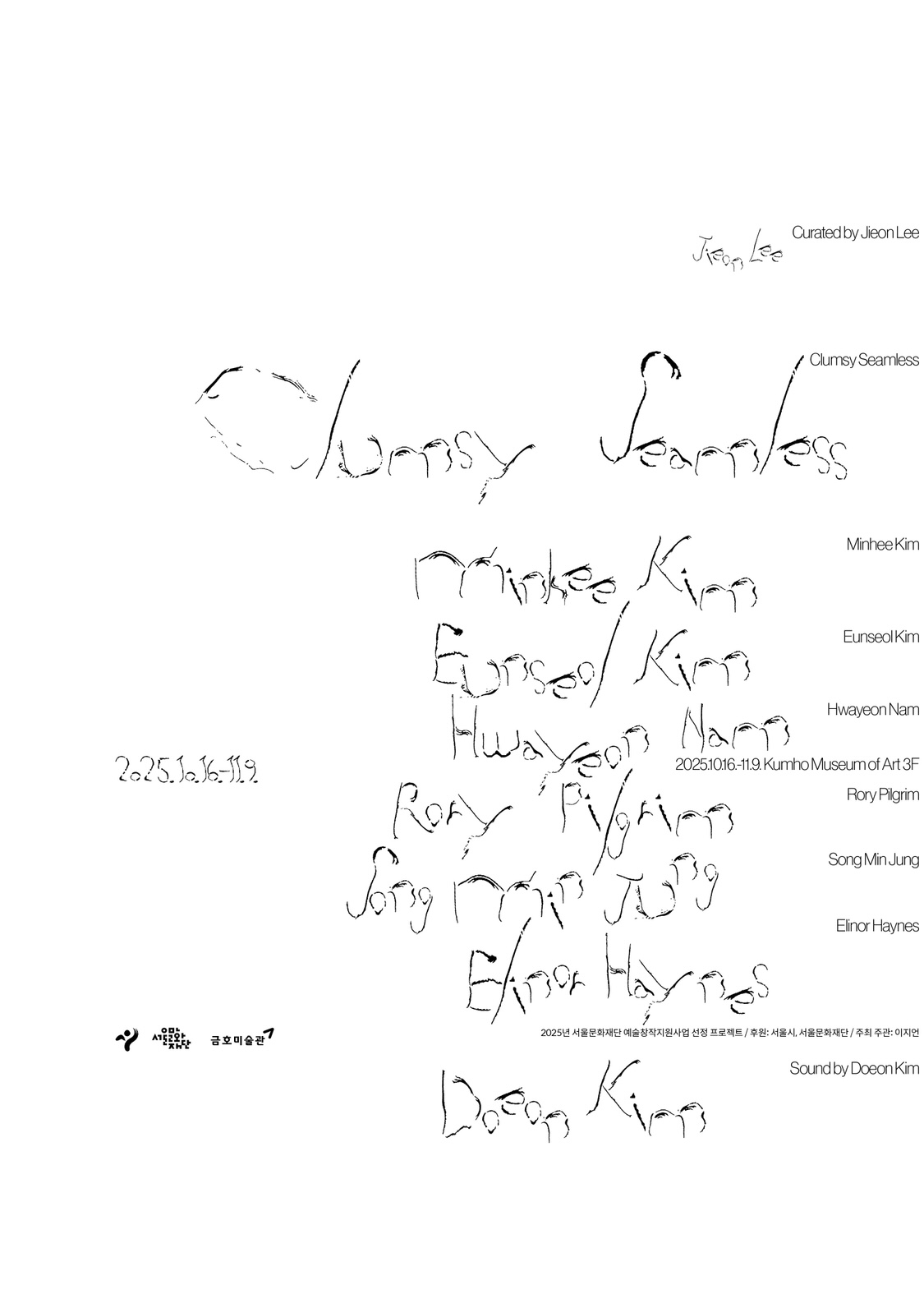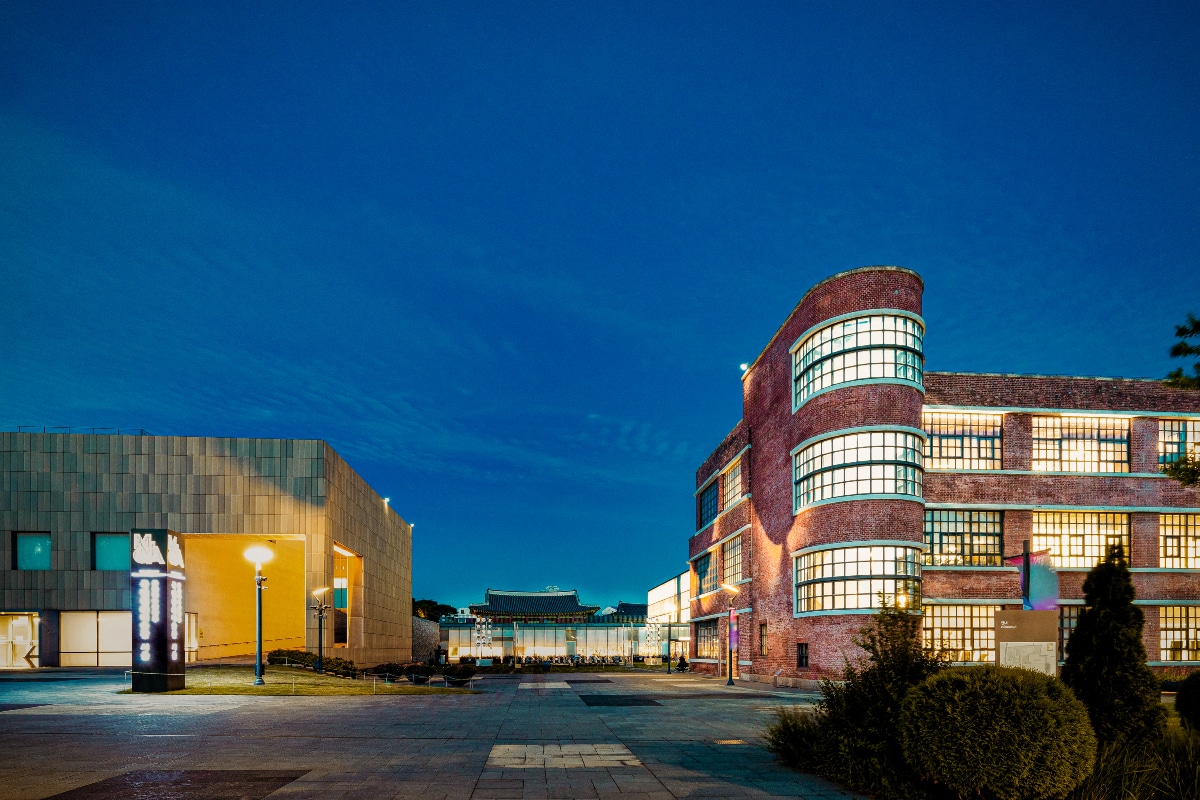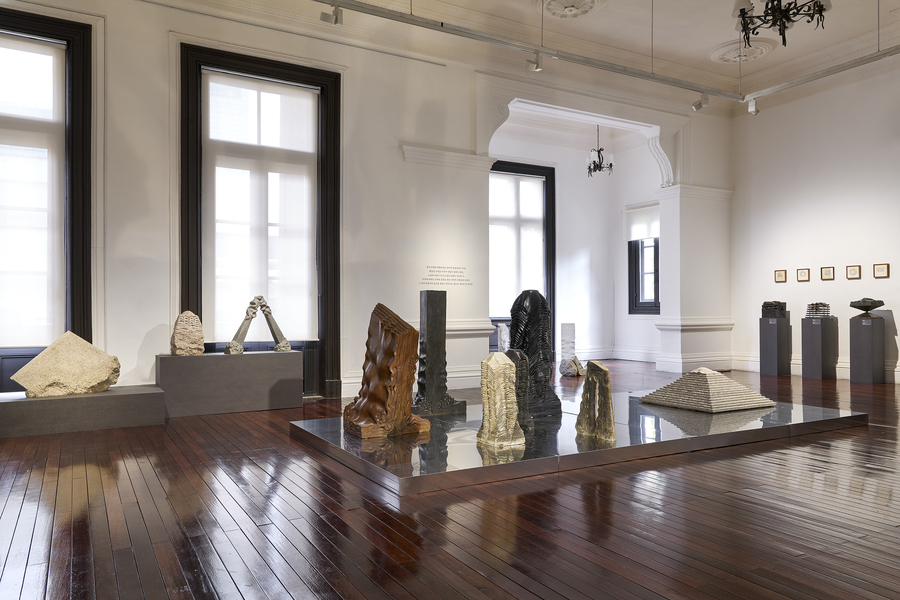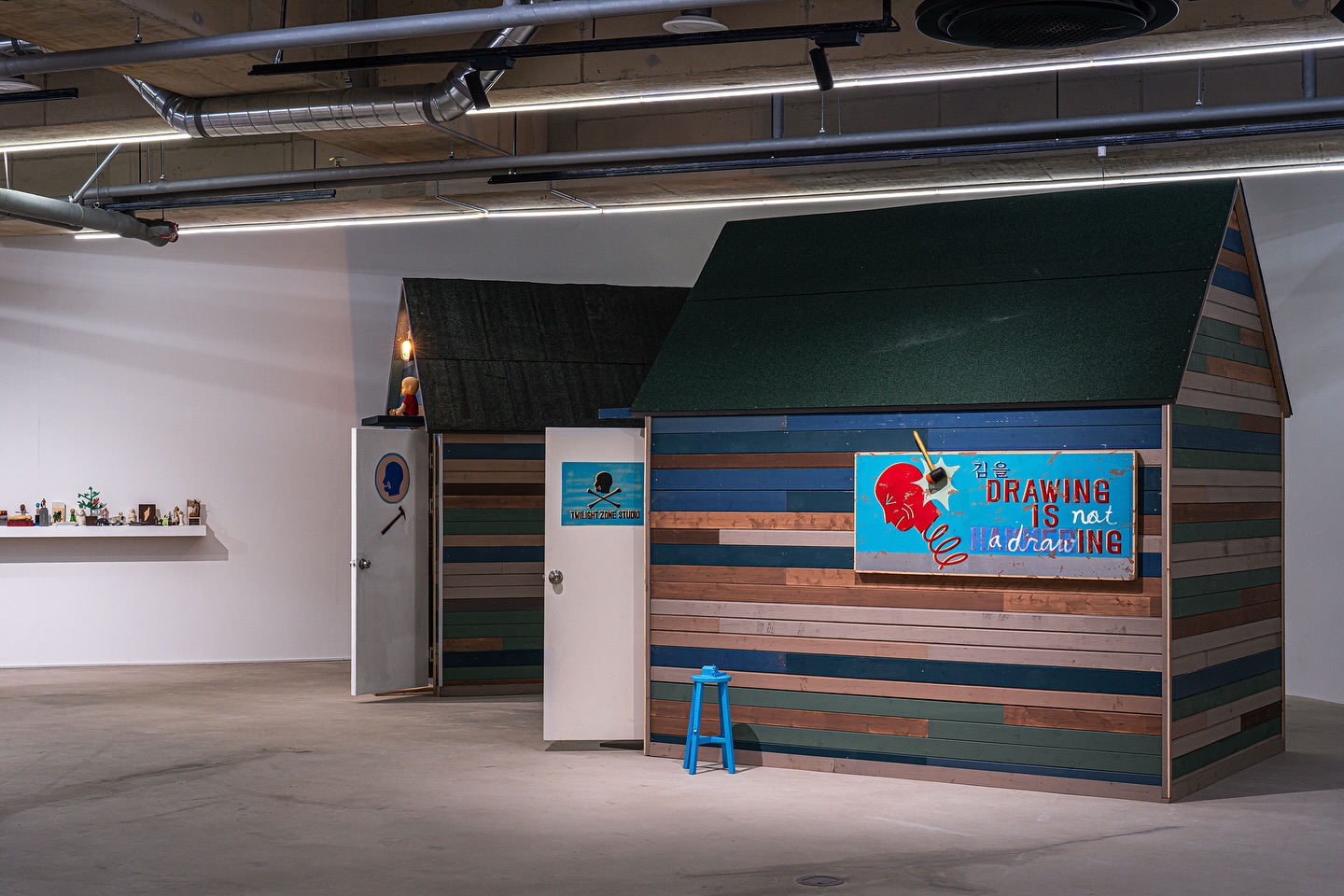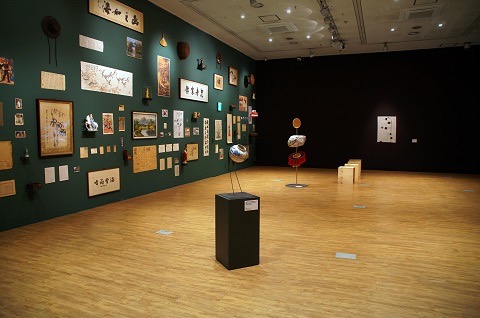
Installation view of 《Made in Korea Wig & Straw Shoes》 ©Coreana Museum of Art
Coreana Museum of Art presents a solo
exhibition 《Made in Korea Wig & Straw Shoes》
by artist Lee Wan, until November 29.
Since 2008, Lee Wan has experimented with
transforming his position from that of a consumer to a producer by purchasing
and reprocessing products from large-scale supermarkets. Through this practice,
he has sought ways to imagine and escape from the homogenized and controlled
sensory conditions created by global systems of production and distribution.
In his ‘Made in’ series (2013–2017), Lee
traveled to Asian countries, learning local production techniques and
handcrafting the projects most representative of each nation. Through
documentary video and sculptural installations, he examined how capitalism and
globalization have reshaped the cultures and traditions of Asia.
This series earned him the 1st Spectrum
Artist Award from the Samsung Museum of Art, Leeum (2014), and led to his
selection as the representing artist for the Korean Pavilion at the 57th Venice
Biennale (2017), garnering international attention.
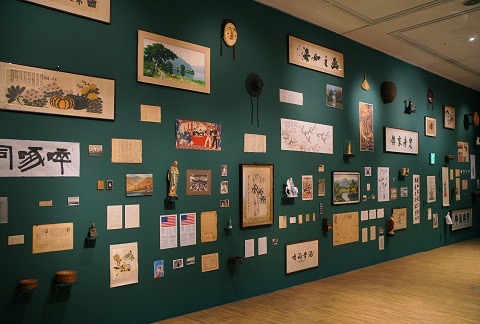
Installation view of 《Made in Korea Wig & Straw Shoes》 ©Coreana Museum of Art
His solo exhibition 《Made in Korea Wig & Straw Shoes》,
presented throughout the entire Coreana Museum of Art, introduces Lee’s ongoing
‘Made in Korea’ series (2015–present). The exhibition features six documentary
films from the Made in Korea series: Wig, Straw Shoes, Hanji, Meok,
Bow and Salt, along with collected objects, sculptures, and
installations.
Continuing the formal trajectory of the
‘Made in’ series, Lee’s recent works focus on Korea’s history, traditions, and
the techniques and systems of labor that have been handed down through
generations.
By learning traditional crafts firsthand,
the artist investigates how Korea’s “traditions,” interrupted during the
modernization process, were dismantled and reconstructed through Western
perspectives and standards. The exhibition highlights how shifting perceptions
and values surrounding tradition continue to operate today, while illuminating
the potential to recover its latent vitality.
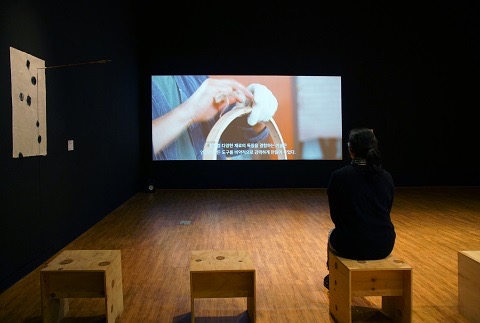
Installation view of 《Made in Korea Wig & Straw Shoes》 ©Coreana Museum of Art
In an era where artificial intelligence
prioritizes the rapid transmission of vast amounts of information and data, Lee
turns his gaze toward the most primal modes of knowledge transfer between
humans. Traditional Korean techniques—once transmitted through
apprenticeship—have often remained undocumented or partially passed down,
becoming fragmented and reassembled through external perspectives.
Lee questions whether these reinterpreted
and mediated images of tradition, which replace conventional notions of
authenticity, could form the roots of our future. By tracing and connecting
fragmented traditions through what he calls a “constellational practice,” the
artist redraws a sensory topography of tradition—one that shapes, and continues
to shape, the foundations of our contemporary identity.





